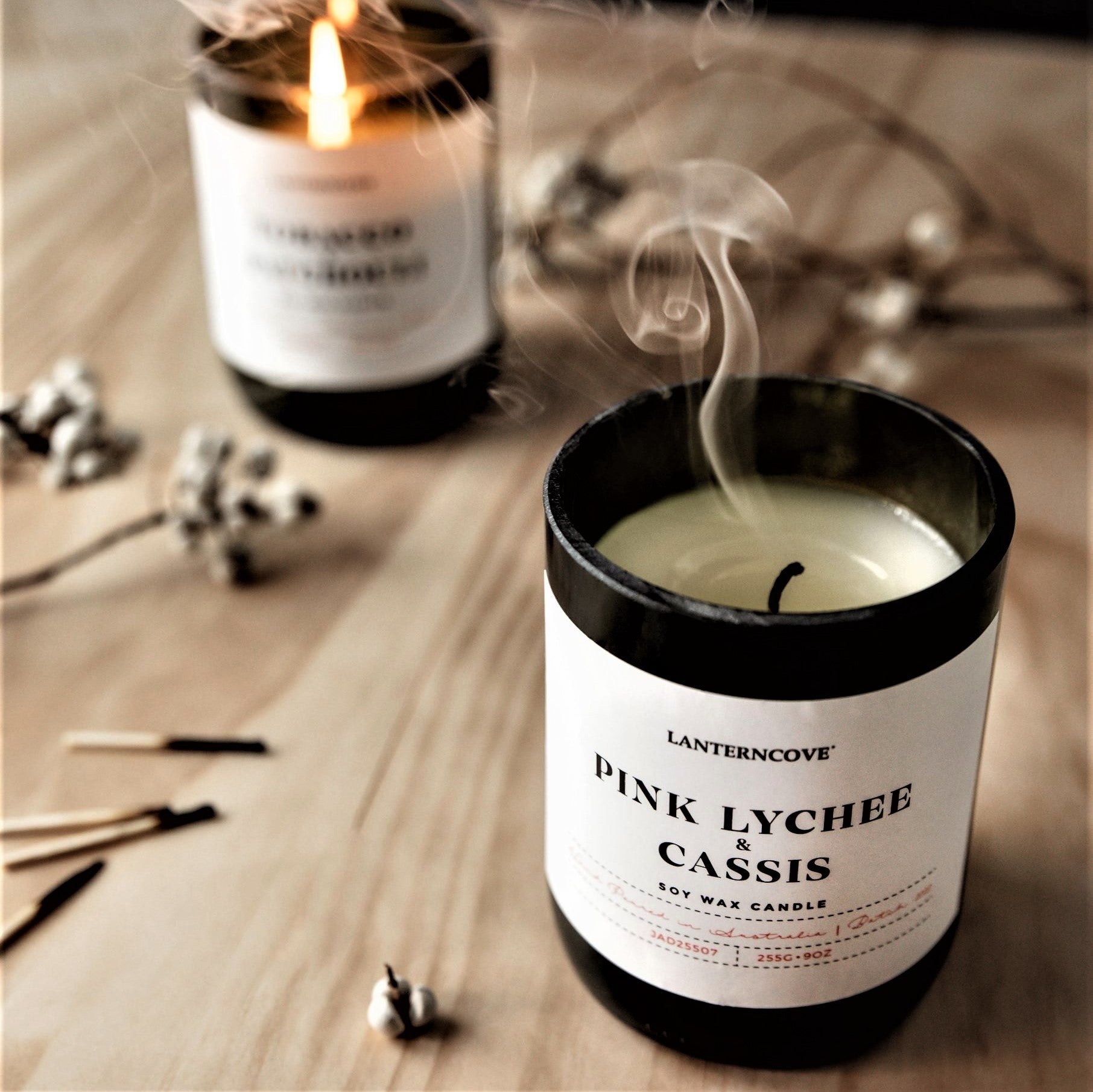From Wick to Wax: Understanding the Chemistry Behind Soy Wax Candles and Their Ecological Effect
As we brighten our rooms with the warm radiance of candle lights, there exists a realm of intricate chemistry behind the apparently easy act of lighting a soy wax candle light. The selection between soy and paraffin wax prolongs past plain appearances, delving right into the world of environmental influence and the really composition of the products. Understanding the molecular structure of soy wax and its burning process clarifies the discharges released right into our environments. Join us as we unwind the clinical complexities behind soy wax candles and discover their implications on our setting.
Soy Wax Vs. Paraffin Wax
When contrasting soy wax and paraffin wax for candle light making, it is necessary to comprehend the unique qualities and benefits of each material. Soy wax is a natural, renewable energy obtained from soybean oil, making it biodegradable and environment-friendly - crystal soy candles. In contrast, paraffin wax is a byproduct of petroleum refining, which raises concerns regarding its ecological influence and sustainability
Soy wax candle lights shed cleaner and send out much less residue contrasted to paraffin wax candles, making them a healthier option for indoor air quality. In addition, soy wax has a reduced melting factor, permitting a longer-lasting candle that distributes fragrance better. Paraffin wax, on the other hand, tends to shed faster and less easily, possibly releasing unsafe chemicals right into the air.
From a sustainability point of view, soy wax is favored for its biodegradability and eco-friendly sourcing, lining up with the expanding consumer choice for eco mindful products. While paraffin wax has actually been a standard selection in candle making due to its price and simplicity of usage, the change in the direction of environment-friendly alternatives like soy wax is gaining momentum in the sector.
Chemical Make-up of Soy Wax

Combustion Process in Soy Candles
The chemical composition of soy wax straight influences the burning procedure in soy candle lights, influencing aspects such as shed time, aroma launch, and environmental content influence. When a soy candle light is lit, the warmth from the flame like it thaws the wax near the wick.
The combustion performance of soy candles is influenced by the purity of the soy wax and the quality of the wick. Furthermore, soy wax candles have a lower environmental impact compared to paraffin candles due to their sustainable and naturally degradable nature.

Ecological Advantages of Soy Wax

Thought about a sustainable alternative to traditional paraffin wax, soy wax uses notable ecological advantages that make it a prominent choice amongst eco-conscious consumers. Soy wax burns cleaner and generates less soot than paraffin wax, adding to better indoor air top quality and minimizing the demand for cleansing and upkeep. Overall, the environmental advantages of soy wax straighten with the expanding demand for environmentally friendly and lasting items in the market.
Recycling and Disposal Considerations
Reusing and proper disposal of soy wax candles play a crucial role in keeping ecological sustainability and reducing waste in neighborhoods and houses. When it comes to recycling soy wax candles, the primary step is to guarantee that the candle light has actually melted totally. This can be attained by permitting the candle light to burn until the wick is no longer usable, and then letting the staying wax cool and solidify. When the wax has solidified, it can be very carefully gotten rid of from the container.

In regards to click for info disposal, if recycling is not an option, soy wax candle lights are eco-friendly and can be securely gotten rid of in the majority of family waste systems. It is always advised to examine with regional recycling centers or waste administration services for certain guidelines on candle disposal to make sure proper handling and ecological protection.
Conclusion
In conclusion, the chemistry behind soy wax candles reveals their ecological benefits over paraffin wax candles. Soy wax, obtained from soybean oil, burns cleaner and produces less residue when contrasted to paraffin wax.
When comparing soy wax and paraffin wax for candle production, it is crucial to understand the unique features and advantages of each product (soy candles).Soy wax candles melt cleaner and produce less soot compared to paraffin wax candle lights, making them a much healthier selection for interior air top quality.Considered a sustainable option to typical paraffin wax, soy wax offers noteworthy ecological advantages that make it a popular choice among eco-conscious consumers. Soy wax burns cleaner and generates much less residue than paraffin wax, contributing to much better indoor air high quality and lowering the demand for cleansing and upkeep.In verdict, the chemistry behind soy wax candles exposes their ecological advantages over paraffin wax candles